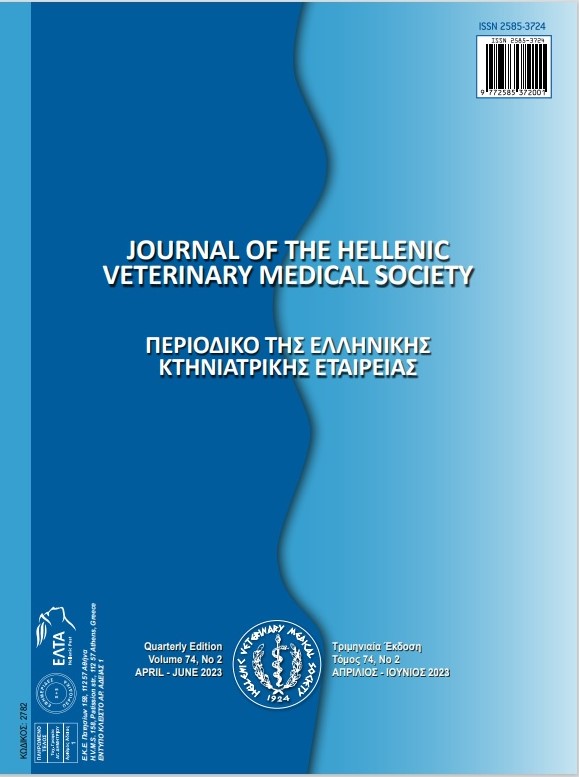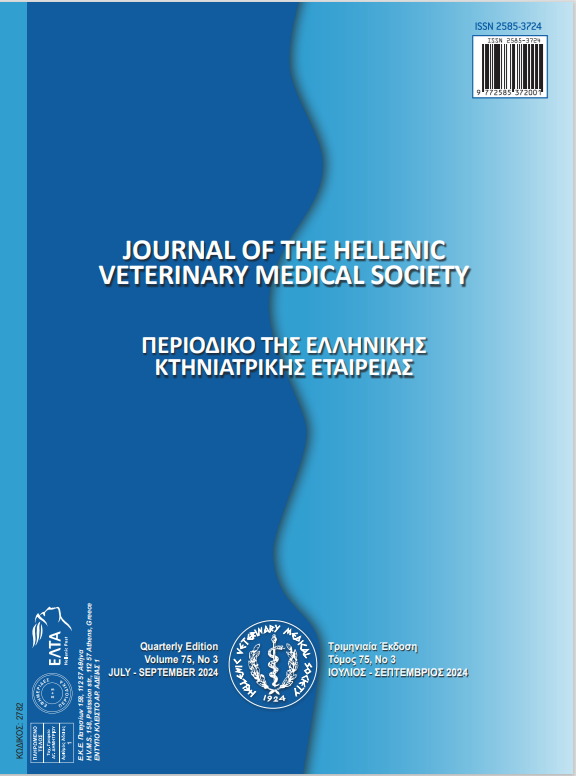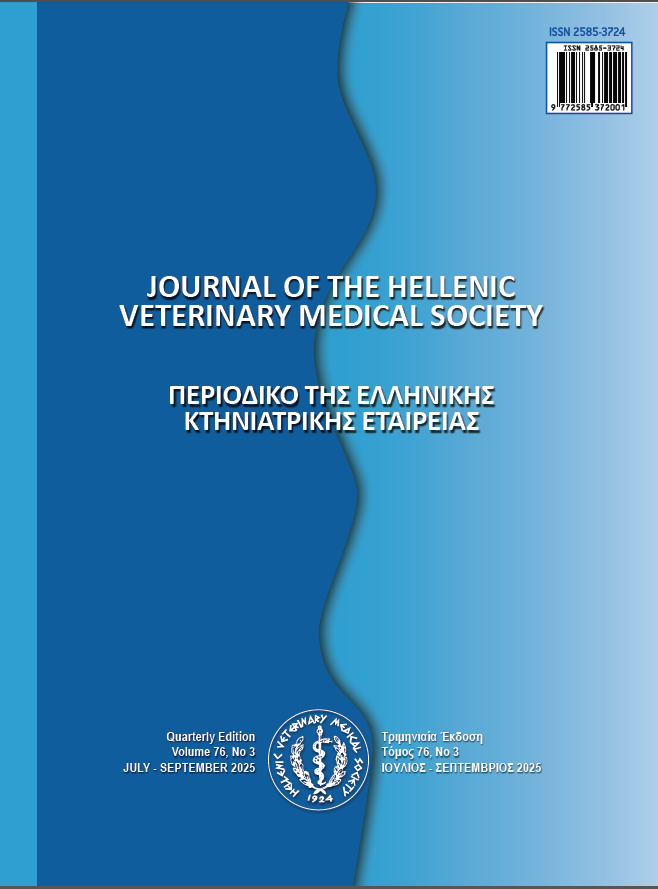Wheat Bran Beyond a Fiber Source for Sustainable Poultry Nutrition: A Comprehensive Review

Аннотация
Wheat bran (WB), but also hulls from rice, oat, sunflower and soybean, wood chips, and industrial fiber byproducts are among the main sources of insoluble fiber in poultry nutrition. Insoluble fiber (IF) in poultry is more than a diet-diluent because of it improves performance, digestive tract ecology, and health in poultry. Feeding of 2.5-3.5% of IF could improve feed efficiency and nutrient digestibility, whereas soluble dietary fiber (SDF) causes increased viscosity, intestinal transit time, and decreased feed intake, digestibility, and growth rate. The nutritional advantages of WB include the high fiber (48-53%), protein (9.6-18.6%), vitamin B, betaine, and minerals, as well as the improvement of health status and production. Microbial fermentation is utilized to enhance the nutritional properties of wheat bran fiber by incorporating fungi, bacteria, and yeast. Wheat bran, rich in dietary fiber microorganisms like Aspergillus, Saccharomyces, Lactobacillus, and Bacillus. Used in fermentation process under controlled conditions (temperature, pH, oxygen, and moisture levels) promote microbial growth, improves nutrient content, digestibility, and gastrointestinal health, making wheat bran a valuable feed ingredient for poultry nutrition. The main challenge of WB feeding is due to its high fiber content, anti-nutritional factors affecting the digestion and absorption of nutrients, intestinal viscosity, and microbiota. Diets diluted with WB affect the amount of endogenous and exogenous enzymes, intestinal length and relative weight of the gizzard. Intrinsic phytase is one of the less discussed advantages of WB in monogastric nutrition; it increases the bioavailability of phosphorus and several other nutrients and reduces the need to add exogenous phytase and phosphate sources. Endogenous WB phytase was completely released at pH 3-5 by microbial phytase from the aleurone layer. Phytase activity depends on the type of wheat and phytase matrix. The addition of appropriate levels of exogenous enzymes is effective in regulating the gene expression of digestive enzymes and improves the release of trace elements and bone matrix. In this review, based on the available literature, we concluded that the benefits of using WB were much greater than other fiber sources, but more research is needed to compare this valuable fiber source in terms of gut ecology, gene expression, digestibility, behavior, and its interactions with different fat sources.
Article Details
- Как цитировать
-
Salahi, A., Attia, Y., Zabermawi, N., Bovera, F., Shafi, M., Laudadio, V., & Tufarelli, V. (2025). Wheat Bran Beyond a Fiber Source for Sustainable Poultry Nutrition: A Comprehensive Review. Journal of the Hellenic Veterinary Medical Society, 76(2), 9321–9348. https://doi.org/10.12681/jhvms.39381 (Original work published 8 июль 2025 г.)
- Выпуск
- Том 76 № 2 (2025)
- Раздел
- Review Articles

Это произведение доступно по лицензии Creative Commons «Attribution-NonCommercial» («Атрибуция — Некоммерческое использование») 4.0 Всемирная.
Authors who publish with this journal agree to the following terms:
· Authors retain copyright and grant the journal right of first publication with the work simultaneously licensed under a Creative Commons Attribution Non-Commercial License that allows others to share the work with an acknowledgement of the work's authorship and initial publication in this journal.
· Authors are able to enter into separate, additional contractual arrangements for the non-exclusive distribution of the journal's published version of the work (e.g. post it to an institutional repository or publish it in a book), with an acknowledgement of its initial publication in this journal.
· Authors are permitted and encouraged to post their work online (preferably in institutional repositories or on their website) prior to and during the submission process, as it can lead to productive exchanges, as well as earlier and greater citation of published work.






